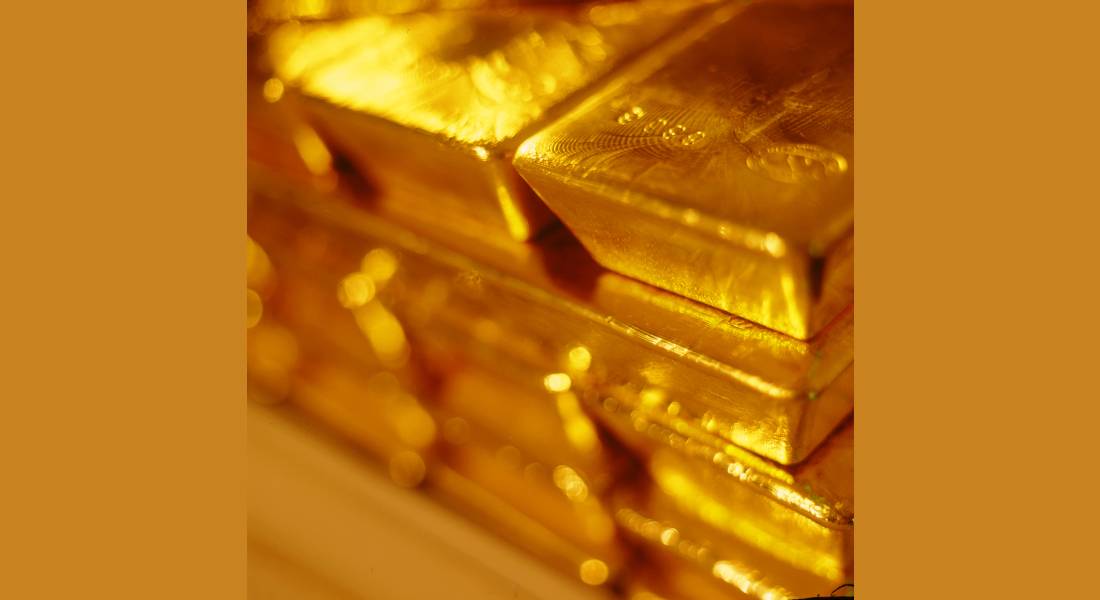Somasundaram PR, Regional CEO, India, World Gold Council shares his thoughts on several aspects of the gold industry, including the international gold spot exchange (IIBX), duty structures, the Gold Monetisation Scheme, the IIJS and more.
What significance does the IIJS trade fair hold for the gold industry in India?
IIJS is a leading trade show and serves as the barometer of confidence for the Indian gold and jewellery industry. It brings together a network of trusted and innovative jewellery manufacturers and retailers from various parts of the country and other regions in an effort to promote B2B contact and international trade.
With the return of IIJS show to Mumbai post the last two years of the pandemic, we expect that trade sentiment will receive a big boost.
Share your thoughts on the progress of WGC’s Swarna Adarsh Abhiyan.
Swarna Adarsh Abhiyaan is an Indian avatar of the Retail Gold Investment Principles (RGIPs) which is a global initiative led by the World Gold Council to bring inherent trust in retail gold business practices. It is a massive retail transformation project that aims to promote transparent, sound business practices that underpin consumer confidence.
India’s gold industry is highly unorganised and fragmented and uniform implementation of any standards to build an unified image of trust is challenging. Swarna Adarsh Abhiyaan is intended to essentially address this challenge with the support of the wider industry. It aims to capture the best practices as a code of conduct for various segments of the supply chain that industry players – be they jewellers, manufacturers, refiners, hallmarking centres – voluntarily adopt and submit for independent verification.
We envision an industry where trust and transparency become the hallmark of the gold industry underpinned by a self-regulatory framework.
Is the recent hike in the gold import duty at odds with the Government’s goal of making India a bullion trading hub?
Though duty is for domestic consumption and at this point of time, it cannot be said to conflict with the objective of becoming a bullion trading hub, indirectly, high duties do pose challenges for international trade.
There are significant opportunities for India to emerge as a global bullion trading hub through the international gold spot exchange (IIBX) with a thriving domestic bullion eco-system underpinned by globally recognised standards and infrastructure. As the second largest global market, India’s gold demand is heavily dependent on bullion and doré imports. The recent increase in import duty on gold aims to reduce gold imports and ease macro-economic pressure on the INR. However, this hike will likely strengthen the grey market with long-term adverse consequences for the gold market. A rationalised duty structure and simplified processes are fundamental to an organised trading market.
Could the higher import duty boost doré refining in the country?
Global supply linkages and recycling are more critical for growth in refining than duty.
Tell us about the World Gold Council’s future plans for promoting gold jewellery to the Millennials and Gen-Z.
At World Gold Council, we’re committed to leveraging consumer insights and constantly evolving the narrative around gold to align with the changing mindset of the Indian consumers. The same has helped us to increase awareness, relevance and adoption of gold amongst the newer generations in the country.
While gold jewellery remains vital to any social occasions and celebrations for Indian families, the horizon of celebratory moments has expanded for millennials, as they embrace moments of self-expression and individuality and spontaneous celebrations. These generations form a major part of the country’s demography and are redefining India’s consumption story. In such a situation, gold is competing against other categories such as gadgets, electronics, and luxury experiences, that are vying for millennials’ attention and wallet share. As a result of which, of late, the industry has seen an emotional disconnect from gold among the Millennials and Gen Z.
Our campaign ‘You Are Gold’ aims to evoke emotions and showcase creative self-expressions through heart-warming stories of celebratory moments. The campaign brings to the younger generations relatable stories around relationships and milestones that deserves to be celebrated with gold, attempting to ingrain the significance of gold in their everyday moments.
In the coming years, the World Gold Council will continue to support new-age solutions such as digital gold that cater to millennial preferences. Additionally, we will strive to put in place further initiatives that will benefit, inform and build the adoption of gold amongst the newer generations.
Are the sanctions on Russian gold putting pressure on supplies to India?
As gold mining operations have become increasingly geographically diverse, we do not anticipate any shortage of gold supply in the near term. Moreover, gold supply-demand has a self-balancing nature with a likelihood of higher recycling when prices rise.
Does the World Gold Council have any new ideas about monetising privately held gold in India? Progress of the modified Gold Monetisation Scheme (GMS)…?
GMS has to be one of the product offering by banks. Monetising gold can happen more smoothly if banks start offering gold-backed product solutions under a more holistic bullion banking framework. Tax concerns may need to be addressed more directly. In addition, incentives for demateralised gold and digital payments for gold buying may prompt investors and high-net-worth individuals (HNIs) to embrace GMS speedily.



